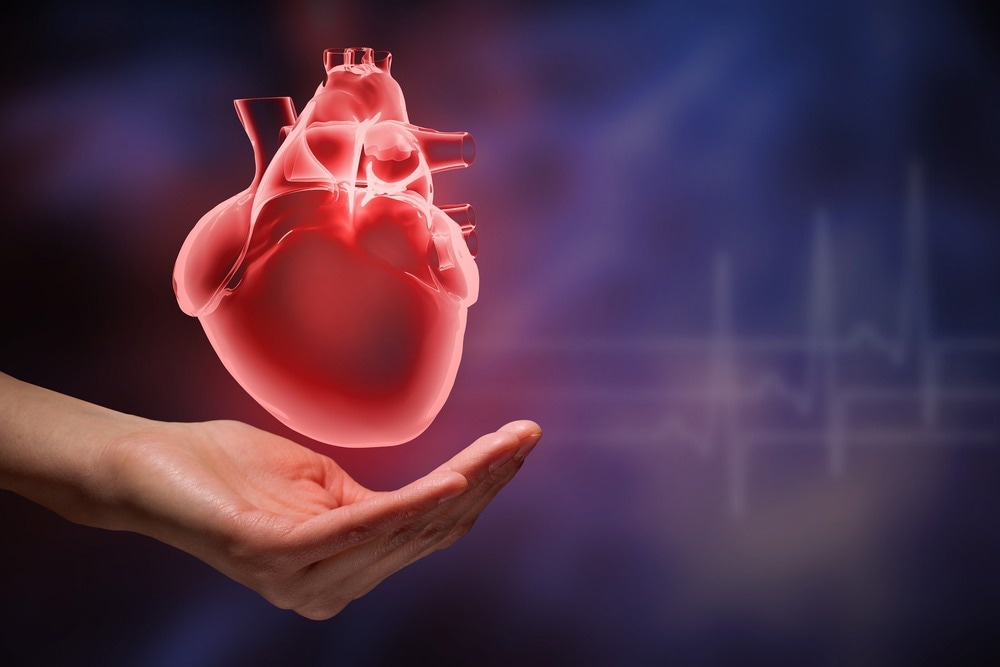Researchers from the University of Waterloo have developed a new hydrogel made from cellulose nanocrystals derived from wood pulp, which mimics human tissue properties and could be used to heal damaged heart tissue and improve cancer treatments through personalized therapies using tumor organoids.

Image Credit: Sergey Nivens/Shutterstock.com
Dr. Elisabeth Prince, a chemical engineering researcher from the University of Waterloo, collaborated with researchers from the University of Toronto and Duke University to create a synthetic material consisting of cellulose nanocrystals generated from wood pulp. The material is designed to mimic the fiber nanostructures and characteristics of human tissues, duplicating their distinct biomechanical capabilities.
Cancer is a diverse disease and two patients with the same type of cancer will often respond to the same treatment in very different ways. Tumour organoids are essentially a miniaturized version of an individual patient's tumour that can be used for drug testing, which could allow researchers to develop personalized therapies for a specific patient.
Dr. Elisabeth Prince, Assistant Professor, University of Waterloo
As the head of the Prince Polymer Materials Lab, Prince creates synthetic biomimetic hydrogels for biomedical uses. The hydrogels feature a nanofibrous structure with extensive pores for nutrition and waste transport, influencing mechanical characteristics and cell interaction.
Prince, a Professor at Waterloo’s Department of Chemical Engineering, used human-tissue mimic hydrogels to stimulate the development of small-scale tumor replicas made from donated tumor tissue.
She intends to evaluate the efficacy of cancer drugs on mini-tumour organoids before providing them to patients, potentially enabling tailored cancer therapy. This study was undertaken with Professor David Cescon at the Princess Margaret Cancer Centre.
Prince's Waterloo research group is creating similar biomimetic hydrogels that will be injectable for the delivery of drugs and regenerative medical uses, as Waterloo researchers continue to lead Canadian health innovation.
Her study intends to employ injected filamentous hydrogel material to rebuild the heart tissue injured by a heart attack. She employed nanofibers as a framework to promote the renewal and repair of injured heart tissue.
Prince added, “We are building on the work that I started during my Ph.D. to design human-tissue mimetic hydrogels that can be injected into the human body to deliver therapeutics and repair the damage caused to the heart when a patient suffers a heart attack.”
Prince’s discovery is unusual since most gels currently employed in tissue engineering or 3D cell culture lacks this nanofibrous architecture. Prince’s group researches chemistry for nanostructures that precisely replicate human tissues and nanoparticles and polymers as material building blocks.
The next phase in Prince’s study will be to employ conductive nanoparticles to create electrically conductive nanofibrous gels capable of healing heart and skeletal muscle tissue.
Journal Reference:
Prince, E., et. al. (2024) Nanocolloidal hydrogel mimics the structure and nonlinear mechanical properties of biological fibrous networks. PNAS. doi:10.1073/pnas.2220755120.